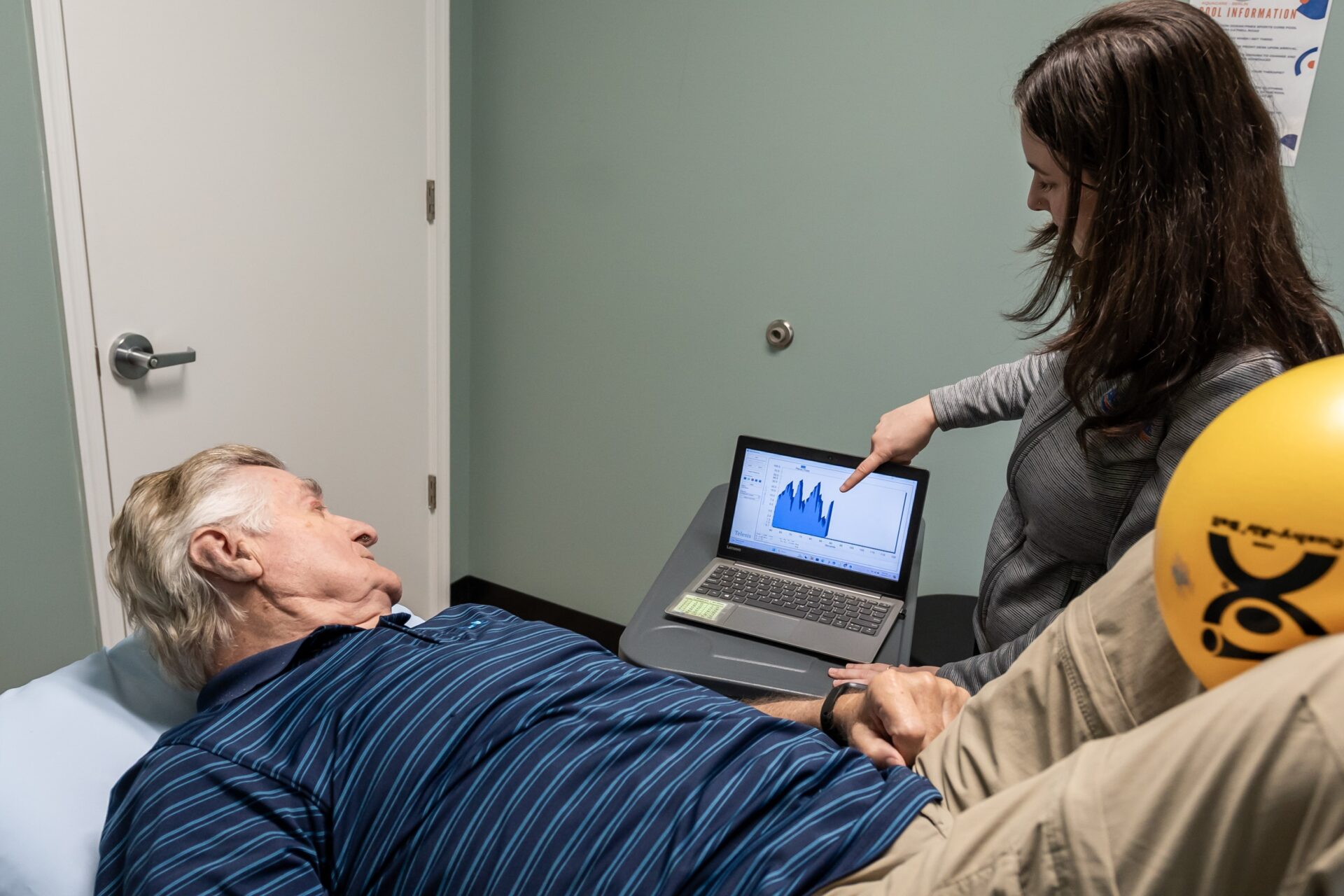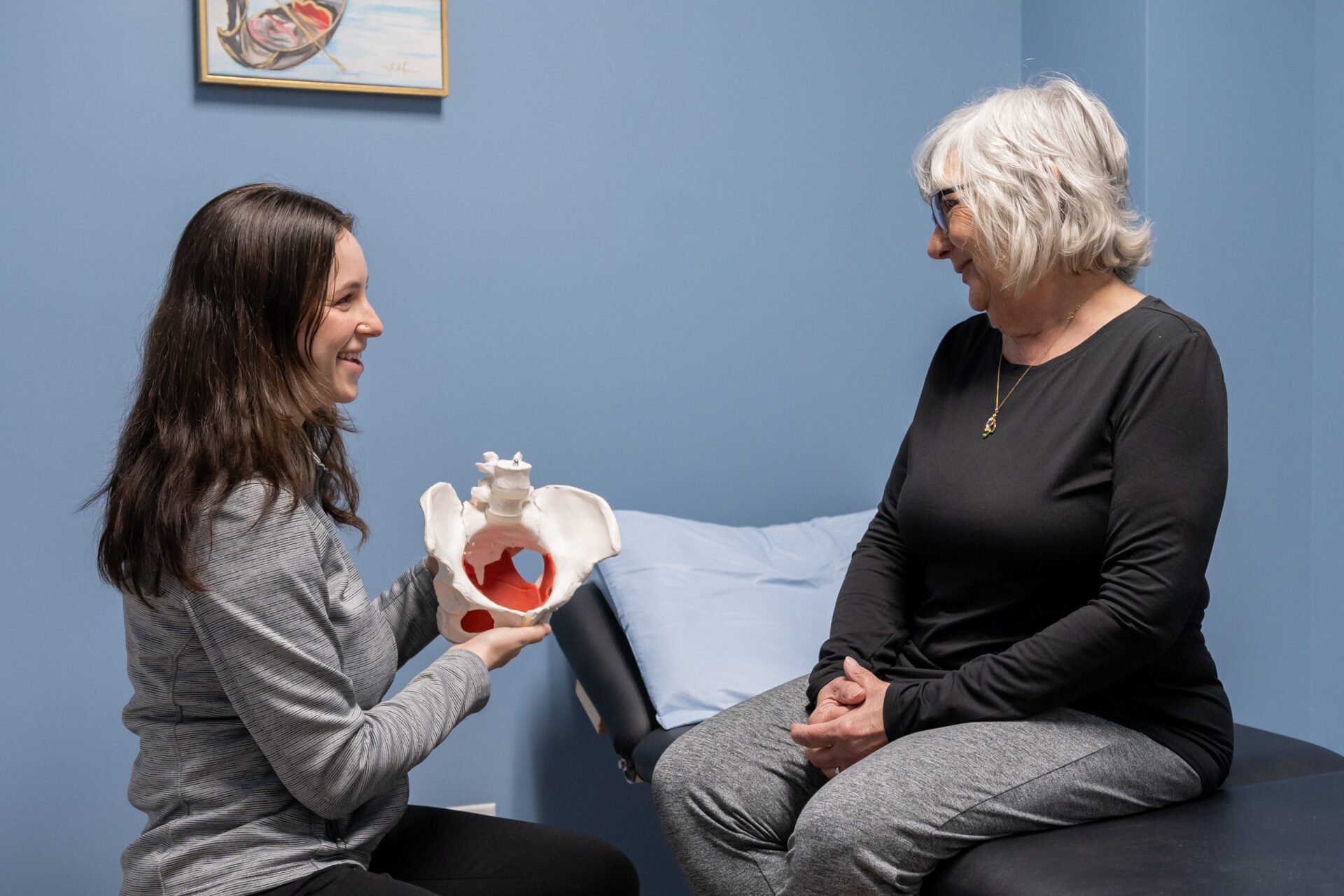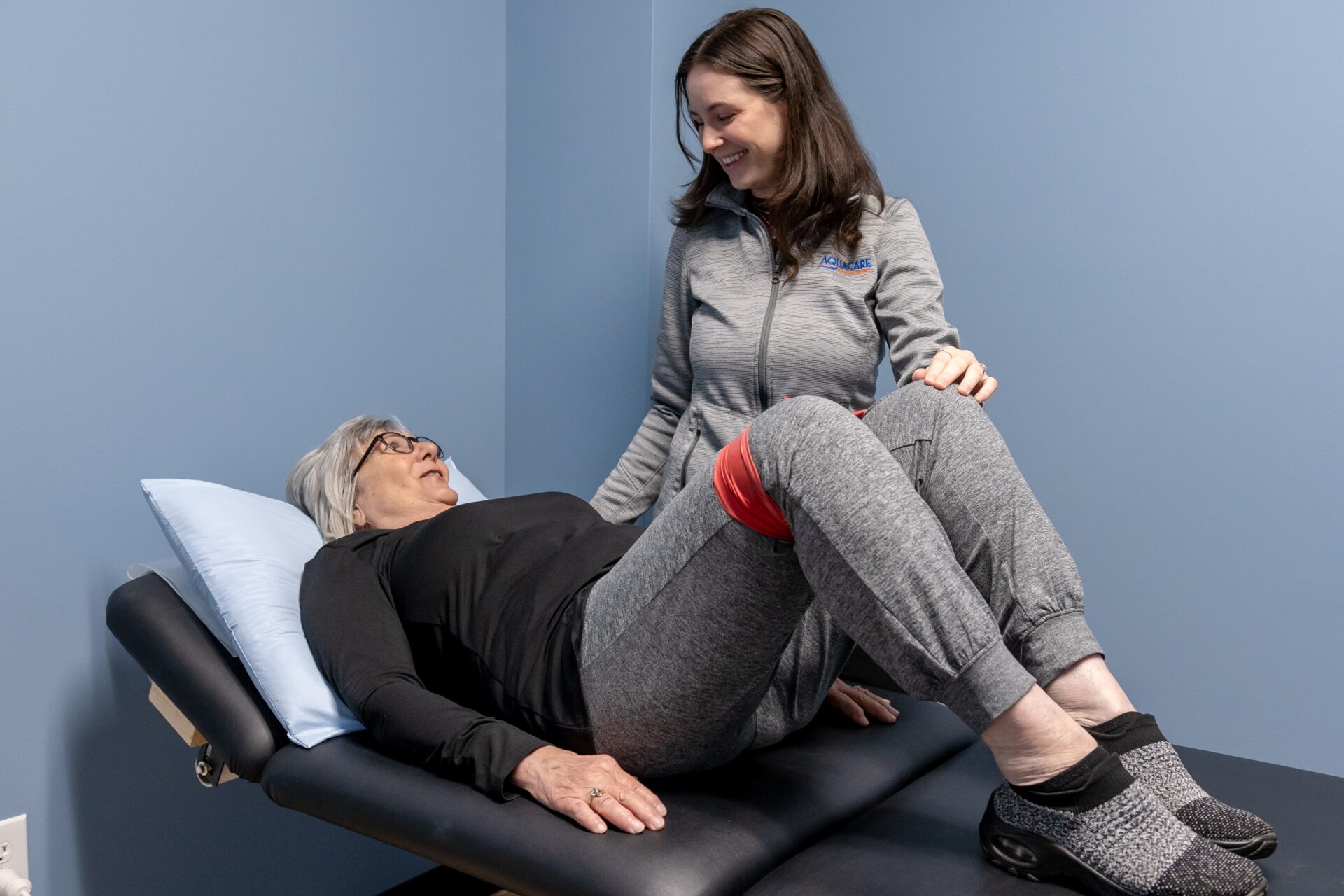urinary incontinence physical therapy, incontinence forum, incontinence physical therapy treatment, gaithersburg urinary incontinence, physical therapy for urinary incontinence
Understanding the Different Types of Urinary Incontinence
Urinary incontinence is not a single condition but rather a symptom of various underlying issues. The most common types include stress incontinence, urge incontinence, overflow incontinence, and functional incontinence. Each type has distinct causes and symptoms, making it essential for individuals to identify which form they may be experiencing to seek appropriate treatment.
For example, stress incontinence occurs when physical activities such as coughing or exercising put pressure on the bladder, leading to leakage. On the other hand, urge incontinence is characterized by a sudden, intense urge to urinate followed by involuntary loss of urine. Understanding these distinctions helps in tailoring effective physical therapy interventions.
Benefits of Physical Therapy for Urinary Incontinence
Physical therapy offers a non-invasive and effective approach to managing urinary incontinence. By focusing on strengthening the pelvic floor muscles, patients can gain better control over their bladder function. This therapy not only addresses the physical aspects of incontinence but also helps in reducing anxiety and stigma associated with the condition.
Research has shown that patients who engage in pelvic floor rehabilitation see significant improvements in their symptoms. Techniques such as biofeedback, electrical stimulation, and guided Kegel exercises can enhance outcomes, making physical therapy a vital component in the comprehensive management of urinary incontinence.
Pelvic Floor Exercises and Their Importance
Pelvic floor exercises, often referred to as Kegel exercises, are crucial for individuals experiencing urinary incontinence. These exercises help strengthen the muscles that support the bladder, uterus, and rectum, thereby improving overall pelvic health. Regular practice can lead to increased muscle tone and control, which is vital for managing incontinence.
To perform Kegel exercises effectively, individuals should focus on identifying their pelvic floor muscles, contracting them, and holding the contraction for several seconds. Incorporating these exercises into daily routines can yield significant benefits, such as reduced leakage and improved quality of life for those suffering from urinary incontinence.
When to Seek Professional Help for Urinary Incontinence
Recognizing when to seek professional help for urinary incontinence is crucial for effective management. If symptoms persist or worsen despite home exercises, or if incontinence significantly impacts daily life, it is advisable to consult a healthcare professional. Early intervention can lead to better outcomes and a more tailored treatment plan.
Healthcare providers can offer a comprehensive evaluation to determine the underlying causes of incontinence and recommend appropriate therapies. This may include physical therapy, medications, or other interventions, ensuring that individuals receive the best possible care for their specific needs.




